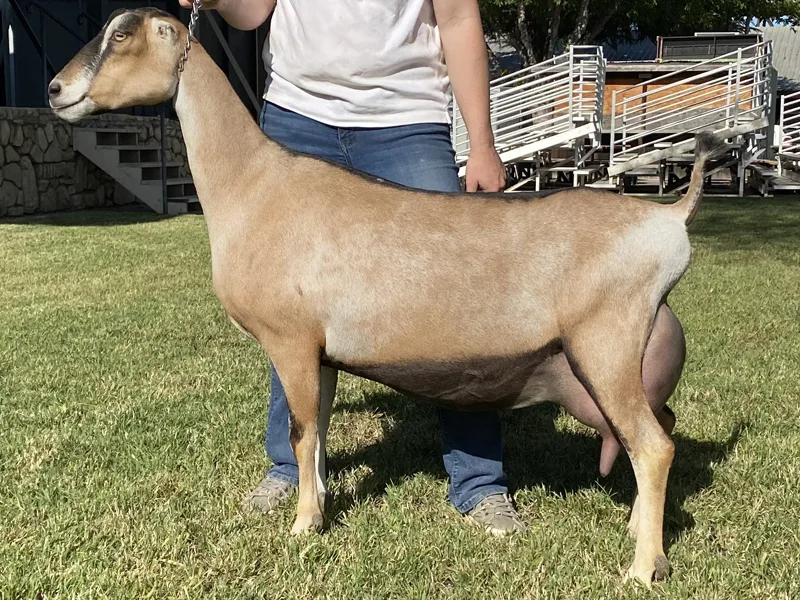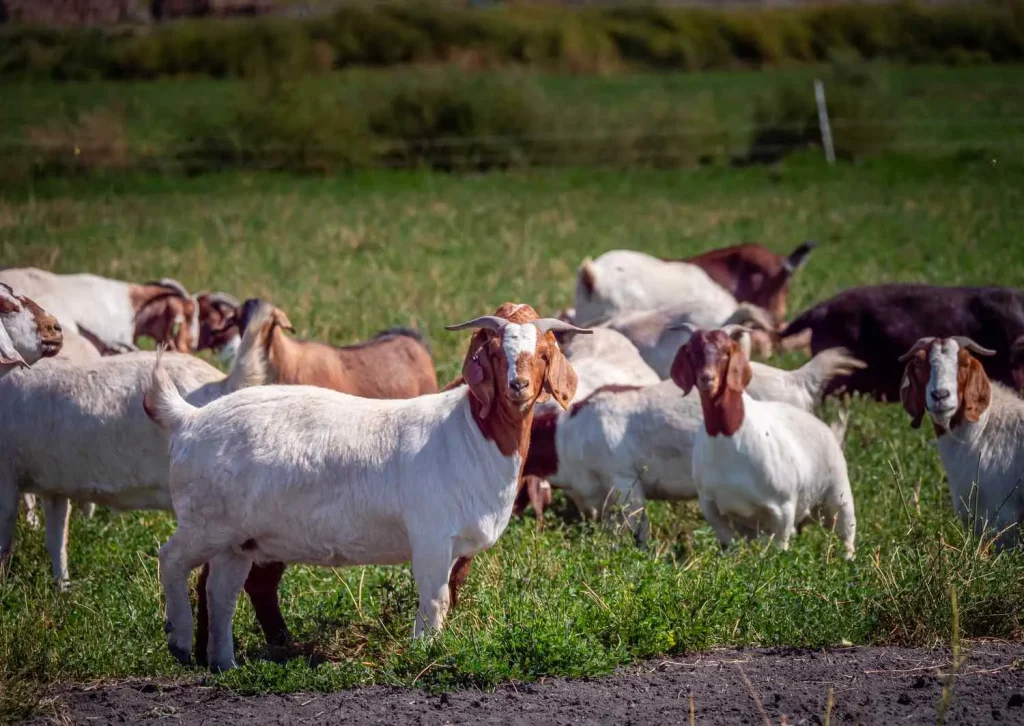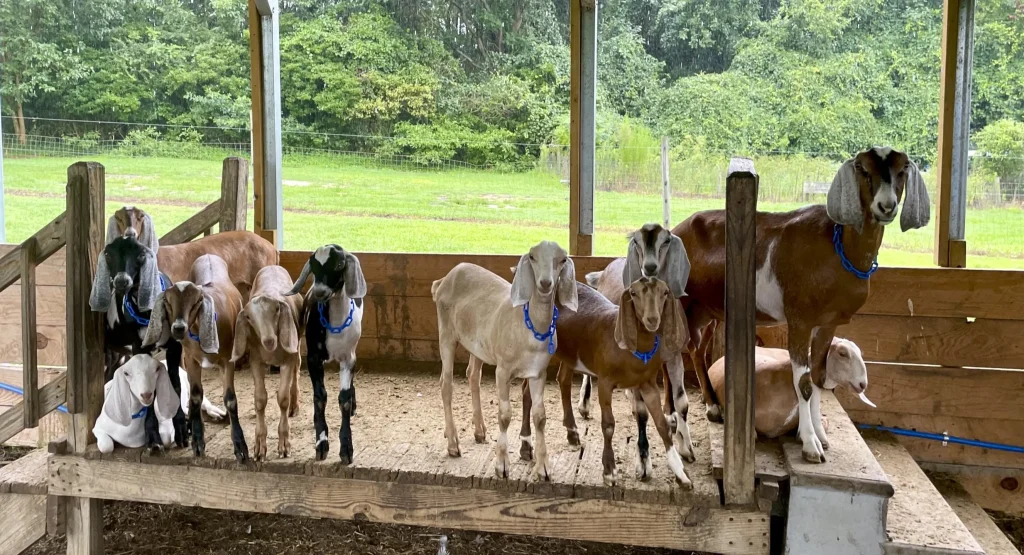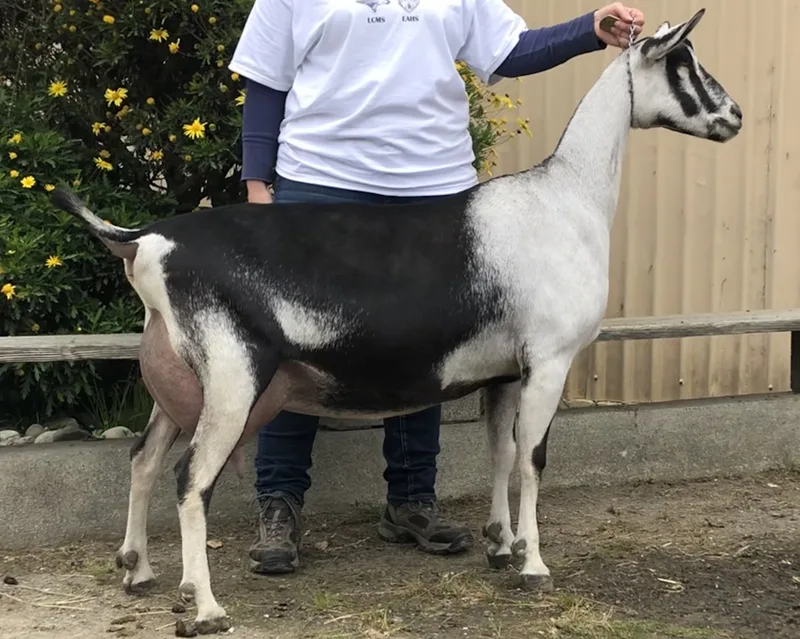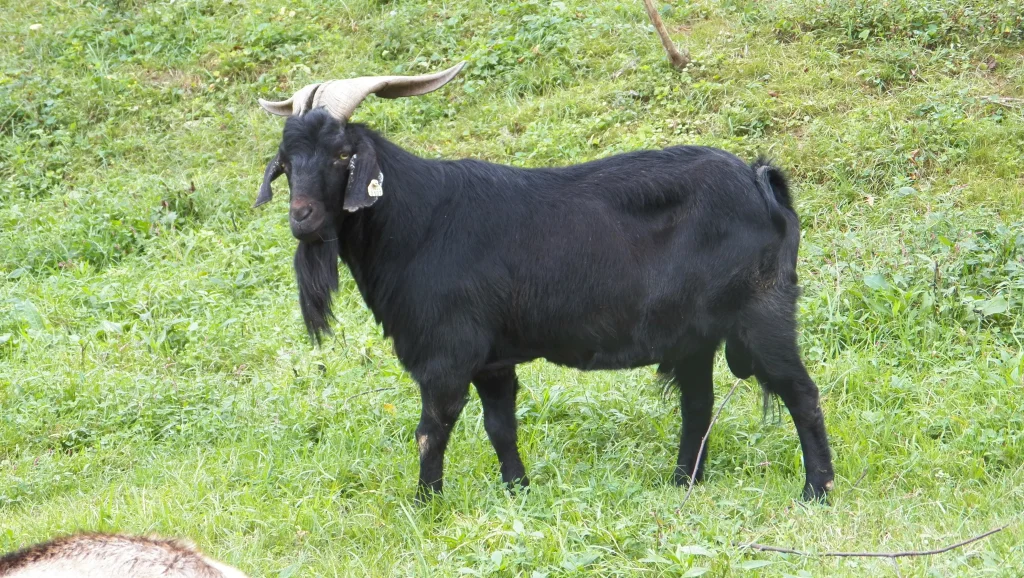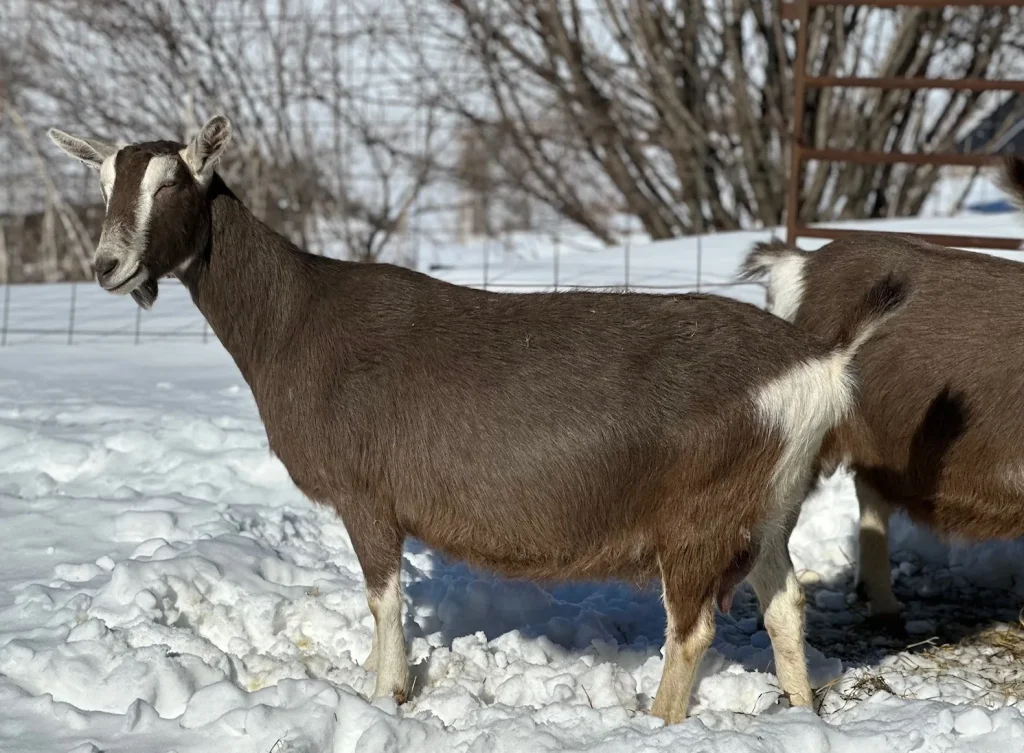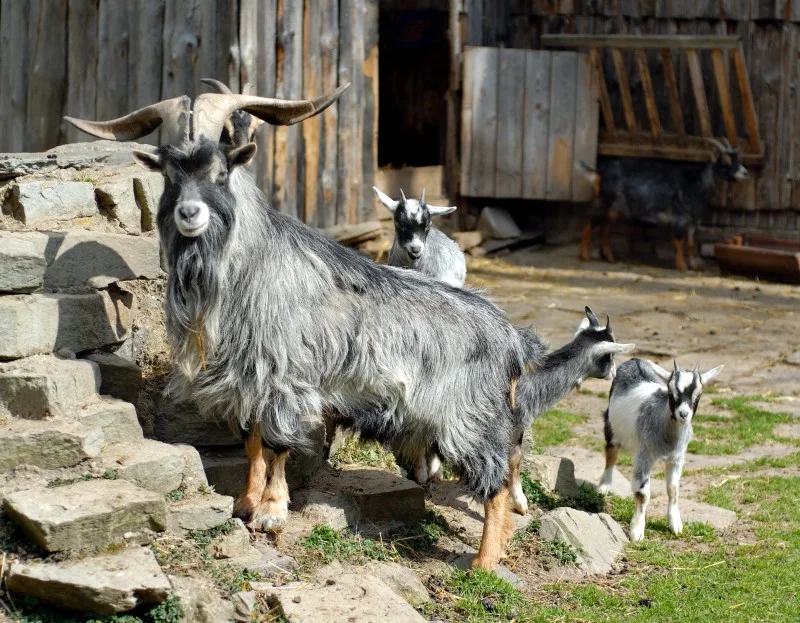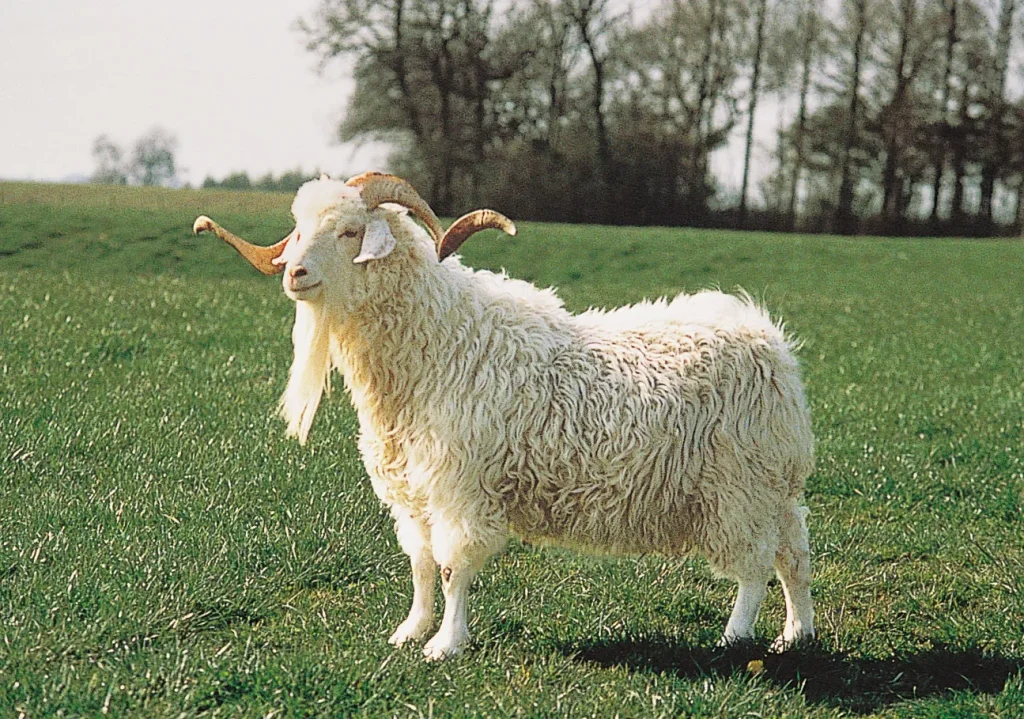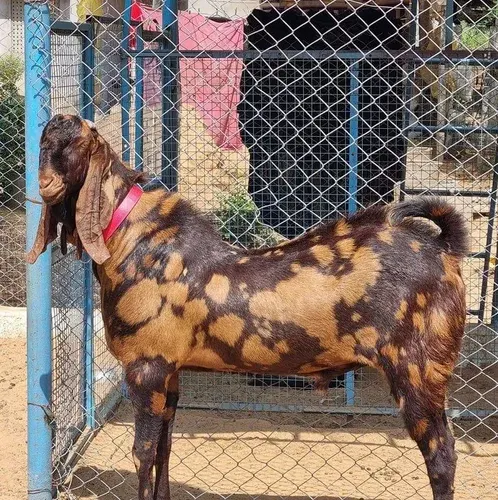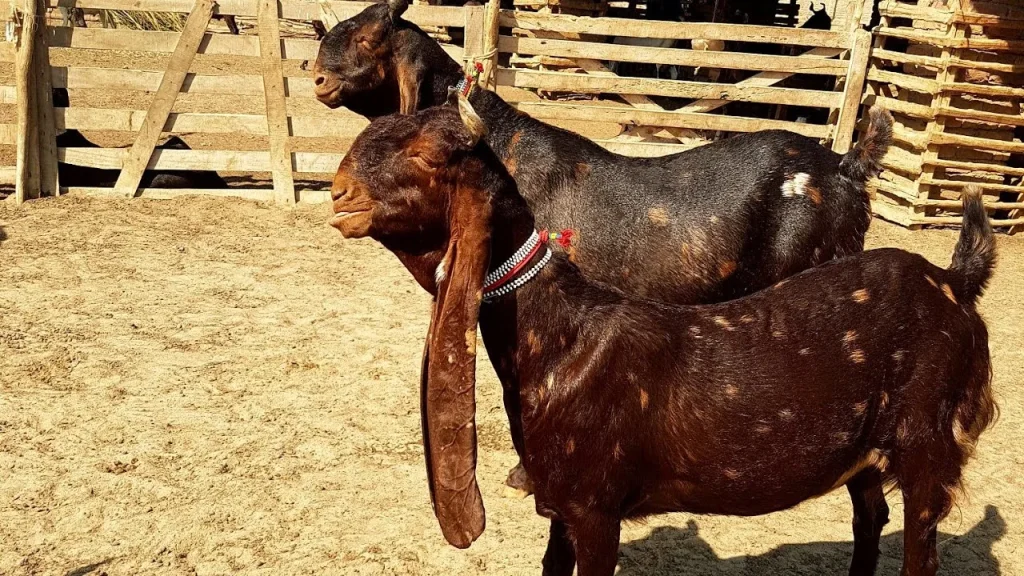🐐 LaMancha Goat – Earless Elegance with Exceptional Milk Production
🌍 Introduction
The LaMancha Goat is instantly recognizable due to its tiny ears, but its appeal goes far beyond appearance. Known for its high milk yield and gentle temperament, this American breed has earned the admiration of dairy farmers and hobbyists alike. Whether you’re seeking a productive milker or a friendly farm companion, the LaMancha is a fantastic choice.
📜 History and Origin
Despite its Spanish-sounding name, the LaMancha Goat was developed in the United States, particularly in Oregon, during the 20th century. Breeders combined goats with short ear traits—some believed to be of Spanish origin—with high-producing dairy breeds like Nubians and Alpines.
The result was a hardy, productive dairy goat with a calm demeanor and a distinctive look that sets it apart.
🧬 Unique Features
- Ear Types: The most unique trait is their ears, which come in two types: “gopher ears” (max 1 inch) and “elf ears” (max 2 inches).
- Appearance: Medium-sized with sturdy frames, LaManchas come in all colors and patterns.
- Temperament: Docile, sociable, and affectionate—great around people and animals.
🥛 Milk Production
LaManchas are among the top dairy goat breeds. They produce high-butterfat milk, ideal for cheese, yogurt, and fresh drinking. On average, a well-kept doe yields around 1 to 2 gallons of milk daily.
Their easygoing nature also makes them easier to handle during milking compared to more skittish breeds.
🌱 Diet and Care
LaMancha Goats thrive on a balanced diet of:
- High-quality hay and browse
- Grain supplements (especially for lactating does)
- Clean water and mineral blocks
Regular hoof trimming, parasite checks, and vaccinations help keep them healthy and happy.
🏡 Housing and Environment
LaManchas adapt well to various climates but appreciate dry, draft-free shelters. Provide plenty of space to roam and explore, as they are curious and playful by nature.
Fencing should be secure since these goats are known for being clever escape artists.
🩺 Health and Lifespan
This breed is generally healthy and robust. With proper care, LaManchas can live 10 to 12 years or more. They are not particularly prone to breed-specific illnesses, but regular vet visits ensure long-term well-being.
👨👩👧👦 Family Compatibility
LaManchas are ideal for families, including those with children. Their friendly, laid-back demeanor makes them excellent companions and a popular choice for educational farms and homesteads.
They also do well in herds and enjoy the company of other goats or livestock.
🎉 Fun Facts About LaMancha Goats
- Despite their earless look, LaManchas hear perfectly well.
- They were officially recognized as a breed by the American Dairy Goat Association in 1958.
- Their milk is often favored for making soft cheeses and soaps.
❓ Frequently Asked Questions
Q1: Do LaMancha Goats have no ears?
A: Not exactly. They have very small ears—either “gopher” or “elf” types—but they can hear just fine.
Q2: Are LaManchas good for beginners?
A: Absolutely. Their gentle temperament and ease of handling make them perfect for first-time goat keepers.
Q3: How much milk can a LaMancha Goat produce?
A: On average, 1–2 gallons per day, depending on the individual goat and care quality.
Q4: Can LaManchas be used for meat?
A: While primarily dairy goats, they can be dual-purpose, but are not as meaty as specialized meat breeds.
Q5: Are LaMancha Goats loud?
A: They tend to be quieter than some other breeds, which is appreciated by neighbors and caretakers alike.
✅ Conclusion
The LaMancha Goat brings charm, productivity, and friendliness to any farm or homestead. With their high milk yield, unique appearance, and adaptable personality, it’s no wonder they’re a favorite among dairy enthusiasts. Whether you’re starting a goat herd or adding to one, the LaMancha is an excellent and rewarding choice.
